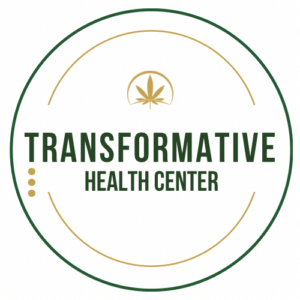Delta-9-tetrahydrocannabinol (THC) is responsible for the euphoric and altered sensory experiences commonly associated with recreational marijuana use. However, the degree to which a person will experience a high from marijuana depends on several factors, including the strain of cannabis, the method of consumption, and the individual’s tolerance.
In many medical marijuana programs, efforts are made to provide strains with varying THC levels, including those with higher concentrations of another cannabinoid called cannabidiol (CBD). CBD is known for its non-psychoactive properties and potential therapeutic benefits.
According to John Davis, president of GB Sciences Louisiana—the company hired by LSU to grow cannabis—there are three formulations of therapeutic cannabis.
- One formulation has a higher concentration of THC, which has produced a “high” in some users.
- The other has a higher concentration of CBD and doesn’t have a psychoactive effect, should not produce a “high” in users, and has been recommended for health conditions such as epilepsy, seizure disorder, and forms of autism spectrum disorder.
- Another form contains a balanced formulation of CBD & THC and is usually recommended to patients with intractable pain, multiple sclerosis, and muscular dystrophy.
 Skip to content
Skip to content
